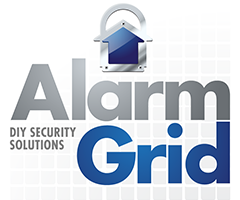Recessed Door/Window Alarm Sensors








Door and window sensors are some of the most common sensors you will use with a security system. These are the sensors that let the system know if a door or window is opened. Many intruders don't need to do anything fancy to get inside a building. An unlocked door or window provides an easy entrance. They get in, locate the goods, and get out as soon as possible. A door and window sensor won't physically stop an intruder from breaking in, but it will ensure that your security system knows about it. Failure to disarm the system within a set Entry Delay period will have an alarm occur. And if you have central station monitoring, the police will be on their way.
But not everyone wants visible surface-mounted door and window contacts on their doors and windows. Although these devices are becoming increasingly slimmer and more discreet, there are still some homeowners who want these sensors to be completely hidden and out of sight entirely. If you care that strongly about your home's decor, then recessed door and window alarm sensors are likely your best option. These sensors hidden inside the door or window frame so that they are out of view. Even the accompanying magnets are installed inside the door or window so that they aren't seen from the outside. The only way to see these sensors is to open the door or window and look at them from the side.
With recessed door and window sensors, there are a few things to consider. The main factor is that you will need to drill holes into the door or window and its frame. While the process is fairly easy, some users may prefer not doing this. Recessed door and window sensors aren't like surface-mount sensors that you can quickly and conveniently mount with double-sided foam tape. These sensors will require tools. And if you accidentally misalign the holes for the sensor and magnet, then the sensor may not work correctly. You should also consider the fact that some doors and windows cannot support recessed sensors. Still, many users find that recessed sensors represent the ideal solution for their security needs.
Recessed door and window contacts can be hardwired or wireless. Hardwired contacts will need to have wires run from the panel to the sensor. Wireless sensors can accomplish this same task wirelessly, which makes installation considerably easier. If you go with wireless recessed contacts, you will need to make sure that the sensor communicates at a frequency compatible with the system. Additionally, wireless sensors will require you to replace the batteries every few years. Hardwired recessed contacts do not require this maintenance.
Additionally, there are a small number of recessed door and window sensors that do not use a magnet and reed switch. Instead, these sensors use a plunger switch that is pressed in when the door or window is closed. Opening the door or window will release the plunger switch and cause the system to be alerted. The system will then respond based on the programming settings for that zone.




